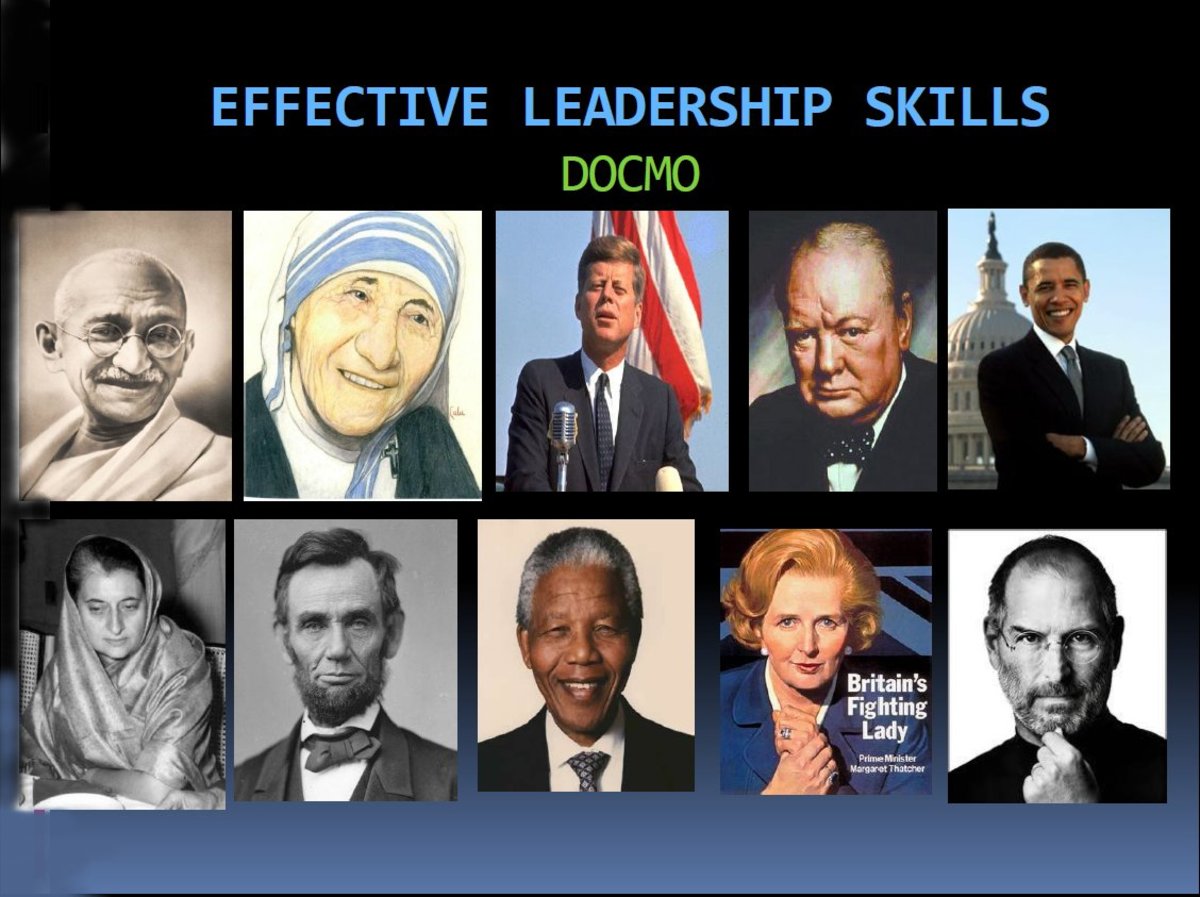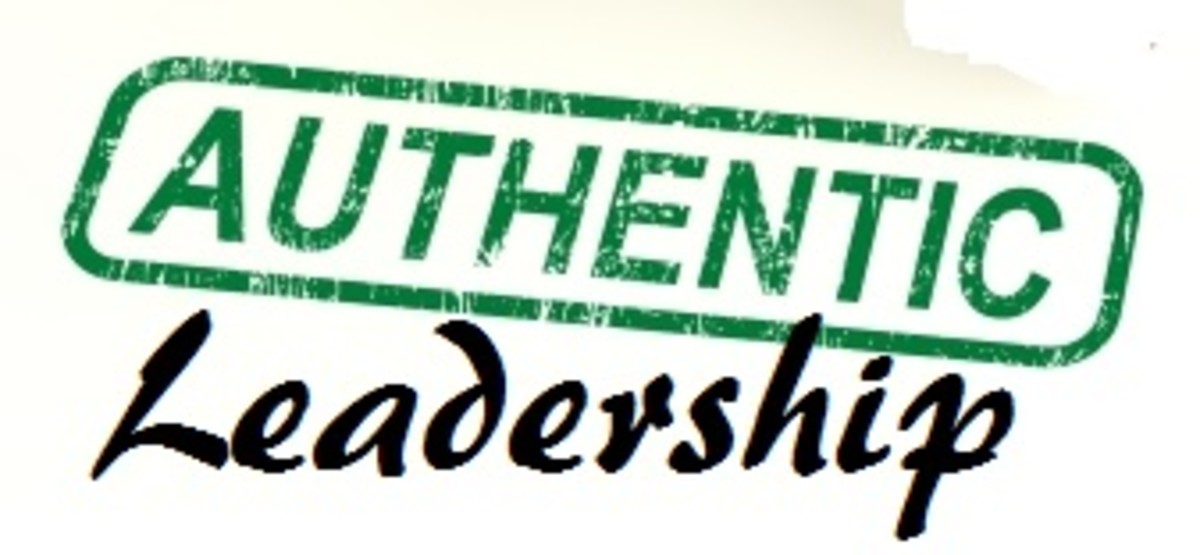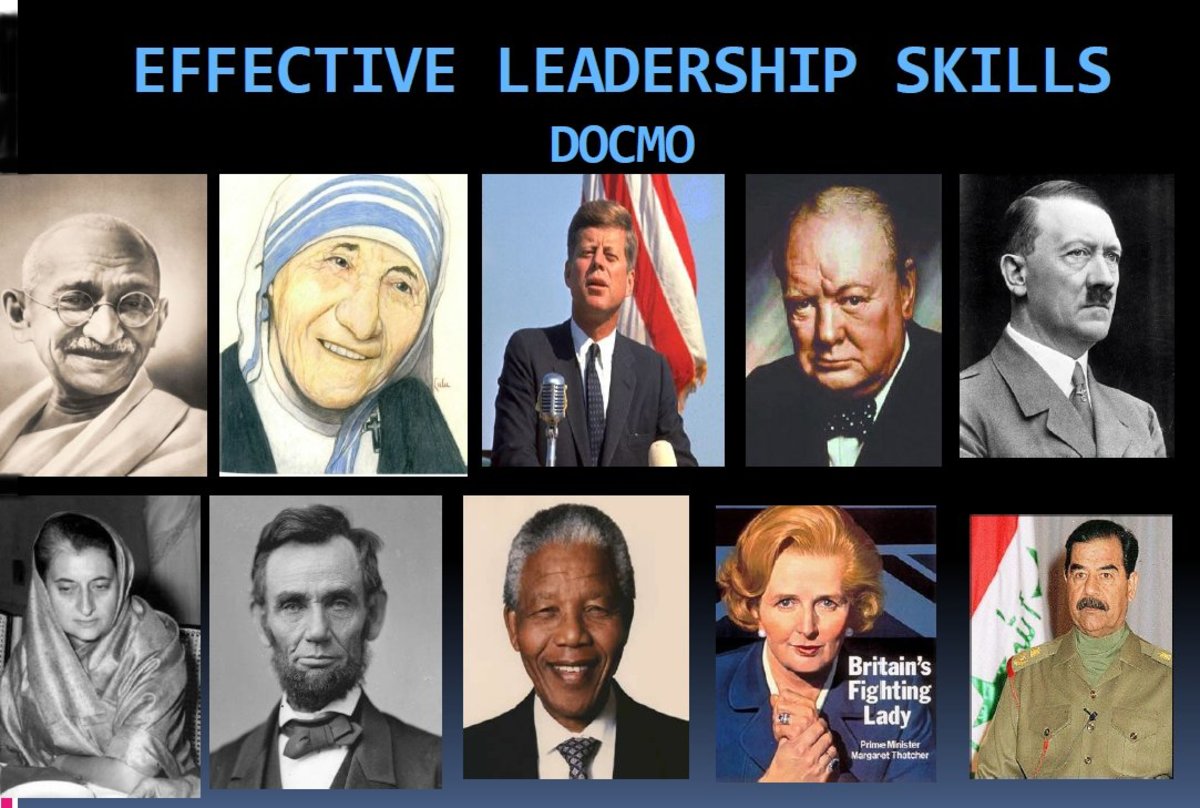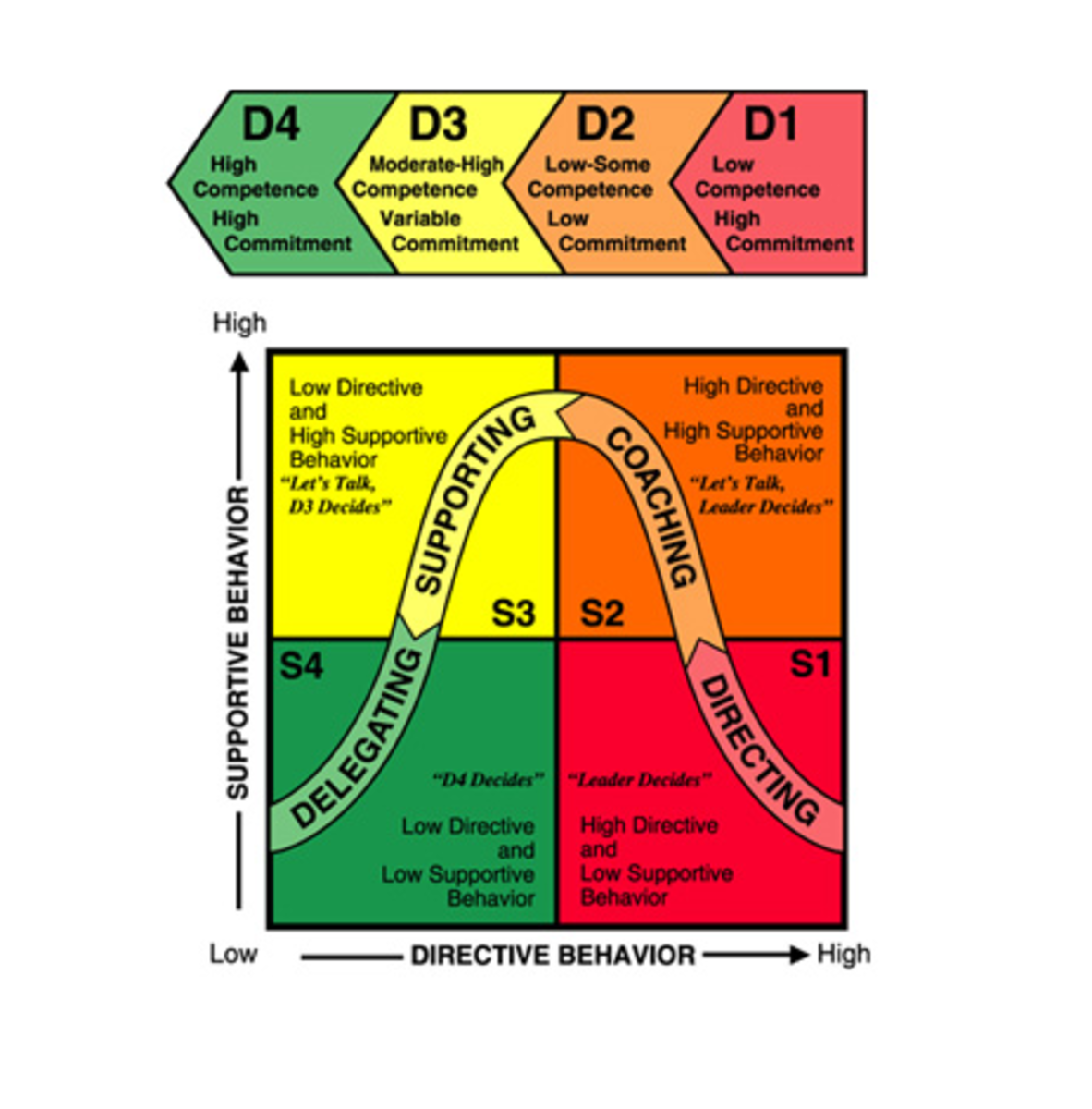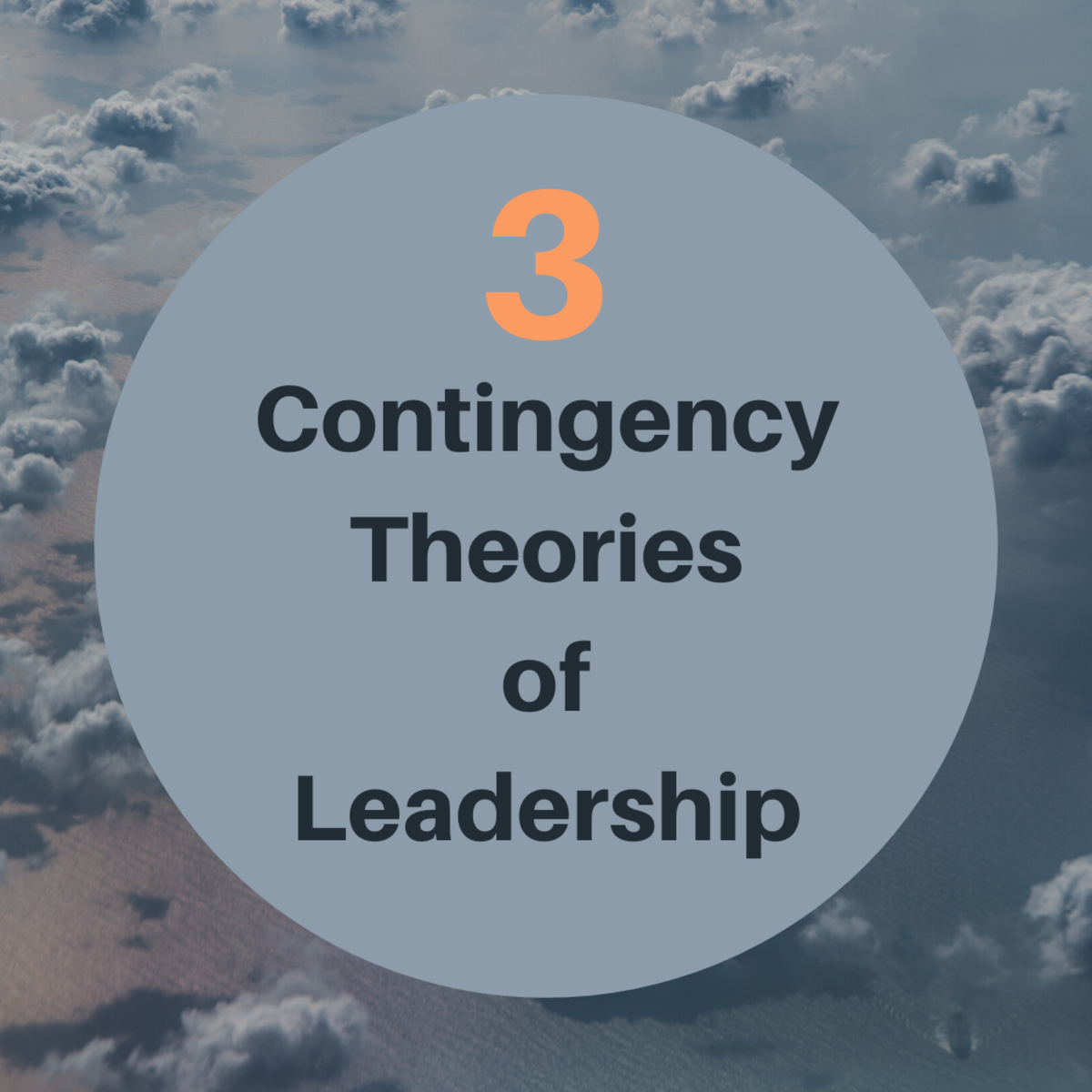Indispensability

Indispensable leaders make their team better, make profitable decisions, and promote optimism. They understand that leading is a challenge and effectively embrace the challenges they encounter rather than avoiding or ignoring problems. Indispensable leaders, to create respect and trust, accept full responsibility for the performance of their people and firmly embrace the fact that the buck stops with them.
Most importantly, indispensable leaders leverage their influence, knowledge, and experience in order to make the companies they work for win.
The leaders in this century deal with problems of increased complexity amplified by the freedoms afforded by the information revolution and the impact of globalization across the globe. The effect is more threats from more places and areas never expected before.
The Go-To Leader
Anyone can hold the helm when the sea is calm.” - Democritus
Become the go-to leader everyone turns to during the most difficult times by doing seven important things that will make you indispensable.
-
Lead as a Servant and Put People First
-
Continue to Learn
-
Think about and Seek Problems to Solve
-
Understand the Problem and the Environment
-
Create New Solutions to New Problems
-
Protect White Space
-
Make Great Decisions
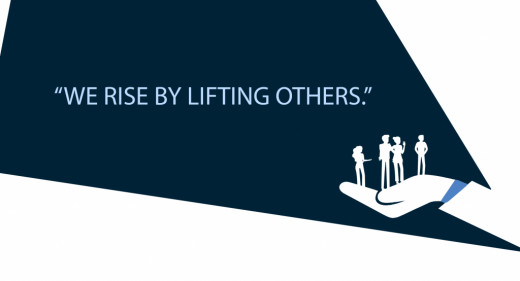
Lead as a Servant and Put People First
A leader must know how to care for his people by putting them first. They do this by building, sustaining, and inspiring genuine trust. The ability to inspire requires a strong culture of trust and empowerment. One of the best ways to create trust is by being a servant leader that is highly socially intelligent and operates as a Level 5 leader.
A recent Gallup poll found that only one in four employees “strongly agree” that they are provided with meaningful feedback, and only 21% of employees “strongly agree” they are managed in a way that “motivates them to do great work”. How do we change this?
Robert K. Greenleaf in 1970 wrote in his essay The Servant as Leader: “A servant-leader focuses primarily on the growth and well-being of people and the communities to which they belong. While traditional leadership generally involves the accumulation and exercise of power by one at the “top of the pyramid,” servant leadership is different. The servant-leader shares power and puts the needs of others first and helps people develop and perform as highly as possible.” In short, a servant-leader understands they must have results, but they harness their intellect and passion to care for and grow their people to bring value to their lives.
Daniel Goleman explains that without social intelligence, a person can have first class training, a perceptive mind, and an infinite supply of good ideas, but still not make a great leader.[i]It’s more than just Xs and Os. If leadership is about inspiring, one must get rid of emotionless leader development programs and coercive motivation.[ii] It is clear that the lack of social intelligence makes a leader shallow and meaningless.
Jim Collins explains that high performing organizations have what he refers to as Level 5 leaders. A Level 5 leader is “an [leader] in whom genuine personal humility blends with intense professional will.”[iii] Although leaders at the other four levels in the hierarchy can produce high degrees of success, they are not capable of enough to elevate their organizations to sustained excellence.
Good to great transformations just don't happen without Level 5 leaders at the helm.[iv] These Level 5 leaders possess the required iron will and ferocious resolve to not just lead an organization but transform it. Can you imagine the achievements from leaders that can successfully combine Servant-leadership with social intelligence, and Level 5 leadership? Wow!
[i] Goleman & Boyatzis, “Social Intelligence,” Harvard Business Review (Sep 2008).
[ii] Gerald Sewell, “Emotional Intelligence,” Military Review (Nov-Dec 2009).
[iii] Jim Collins, “Level 5 Leadership,” Harvard Business Review (Jul-Aug 2005).
[iv] Ibid.
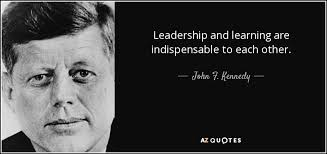
Continue to Learn
Everyone, especially a leader, never stops learning. If there’s anything we learn in life is that things will change and those that are best able to adapt and learn new ways of doing things will be indispensable.
Rituparna Chakraborty of TeamLease Services states that “the only skill that keeps you relevant at work is to constantly evolve, learn and improve. Everything else can be replicated.” Leaders who embrace change and are able to quickly adapt and bring others along with them are seen as much more valuable that those who cling to outdated principles and concepts.
Think about and Seek Problems to Solve
One has to clearly understand how to think strategically. James Dubik stresses a number of considerations to help one sharpen the ability to think strategically. First, understand that problems are no longer routine at the strategic level but are adaptive. In other words, problems start fighting back. Therefore, the proper synthesis of information that comes from understanding adaptive problems allows strategic leaders like to propose appropriate courses of actions and solutions.
Second, strategic leaders dealing with adaptive problems learn to develop open systems thinking to actively open their intellectual aperture to be able to foresee all of the possible outcomes with their corresponding alternatives.[i] Strategic thinking ensures that one gains a full appreciation for the consequences of their decisions in the short and long term.
Understand the Problem and the Environment
For strategic leaders to make and deliver concise, relevant, and timely decisions, they must understand the environment the problems reside in. Stephen Gerras advices leaders to conduct constant scans of the environment in order to understand the problems we face.[ii] Whether they like it or not, strategic leaders operate in a volatile, uncertain, complex, and ambiguous (VUCA) environment. This makes it important to conduct strong scans of the external and internal environments so as leaders we can predict strategic inflection points and forces of fragmentation that serve as warnings of approaching problems.[iii]
This internal alarm system allows the leader to improve their decision-making capability since they are getting ahead of the full impact of problems. Furthermore, thorough environmental scans help strategic thinkers appreciate the ties beyond the organization where they can find cooperation and synergy. They can clearly identify patterns of relationships and people in their personal network and the broader organizational network that will foster strategic success.[iv]
Guillot skillfully explains that strategic leadership is the ability for one to exercise wisdom and vision to create clarity where it did not exist in the decision-making process and execute the plans from the decisions.[v] Strategic level leaders have to conceptualize in numerous realms whether they are economic, political, or military.
Create New Solutions to New Problems
An accelerant to understanding the futures lies in creative leadership. Creative leadership inspires organizations to effectively think about the future and serves as the engine of innovation for the development of future asymmetric advantages. One of the skills that distinguish effective from ineffective leaders in the new millennium is the ability to successfully resolve complex challenges-the kind of problems brought on by rapidly changing environments that do not have easy answers.[vi]
Problems without easy answers require leaders that can conduct strategy under uncertain times and shape the future through creative thinking. Creative thinking becomes most relevant when involved in generating options, especially novel and original ideas for difficult and adaptive problems. Brafman and Pollack, researchers into creativity’s potential, explain that leaders can produce climates where ideas are developed and nurtured so they can take hold and grow.[vii] This is a incredible environment that will make recruiting talented individuals painless.
Let’s remember that at the lower levels of leadership, leaders must be strongly action-oriented and reliant on their intuitive thinking. They operate in a much shorter decision cycle. Conversely, complex problems cannot be thought through quickly, so the strategic leader at the higher level needs to develop a greater capacity to understand inferences and assumptions necessary to allow an explosion of creative solutions.[viii]
Creative strategic leader becomes most valuable during the times the boundaries of an issue and the range of possible approaches need expansion. While strategic thinking encompasses skills like reframing, second and third order thinking, systems thinking, critical thinking, and reflective thinking, it uniquely demands the mental agility and discipline to step back cognitively and think about a current situation using the appropriate thinking processes.[ix]
Protect White Space
Leaders must master the creative process and be able to facilitate this process in others. In addition, they must find ways to build environments and the necessary white space to encourage creative thought.
In short, leadership at the strategic level can have a profound impact as long as they also understand the need to accept risk when giving the freedom of creativity to subordinates. Creativity can provide an incredible return but for the possibility of that great return, one must court the risk that accompanies it.
[i]James M. Dubik, “On Becoming a Strategic Leader.” Army (Jan 2013): 16-18.
[ii]Stephen Gerras, "Chapter 2: The Strategic Leadership Environment." Strategic Leadership Primer. Third ed. Carlisle Barracks, PA: United States Army War College, 2010.
[iii] Ibid.
[iv] Kristin Cullen et al., “Developing Network Perspective,” Center for Creative Leadership, March 2013, i.
[v]Michael W. Guillot,“Strategic Leadership: Defining the Challenge,” Air & Space Power Journal (Winter 2003): 67-75.
[vi]Gerard J. Puccio et al., “Creative Leadership: Skills that Drive Change” (2011): Second edition, 28-38 and 56-66. Thousand Oaks CA: Sage Publications.
[vii]Brafman & Pollack. “The Chaos Imperative: How Chance and Disruption Increase Innovation, Effectiveness, and Success” (2013): 31-44.
[viii]Gerard J. Puccio et al., “Creative Leadership: Skills that Drive Change” (2011): Second edition, 28-38 and 56-66. Thousand Oaks CA: Sage Publications.
[ix] Ibid.
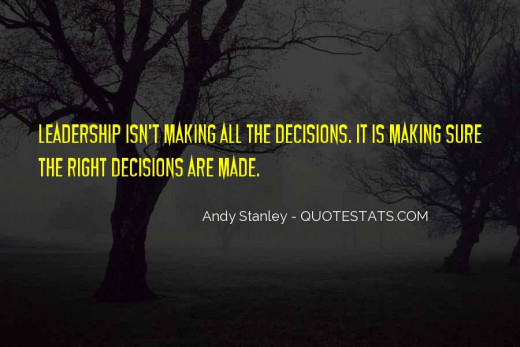
Make Great Decisions
Since one can rarely ever possess a priori knowledge, superior decision making is distressingly difficult. Successful outcomes, decisions of high quality, made in a timely manner and implemented effectively, are golden.[i] With this in mind one needs a process that guides decision making.
Gavin and Roberto recommend a number of things to improve the decision making process. They are: creation of multiple alternatives from least likely to occur to most like as well as best case and worst case. Then, test the assumptions not yet proven factual. This is critical as poorly researched assumptions can lead to unsolvable paths. One best does this by developing objective and well-defined criteria to validate information.
Now, the leader needs to invite dissent and debate so the highest number of options comes to light. And most important of all is fairness in the process from beginning to end.[ii] In the end, the strategic leader must practice prudence in choosing the most appropriate decision making approach to maximize outcomes.
[i]Garvin & Roberto. “What You Don’t Know About Making Decisions.” Harvard Business Review (September 2001).
[ii] Ibid.
© 2019 Fernando Guadalupe Jr


